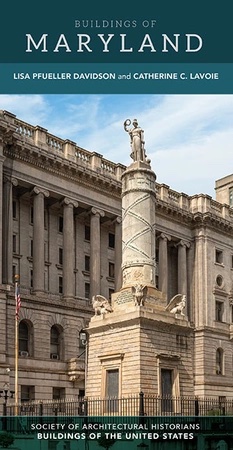The establishment of Princess Anne was authorized by the Maryland General Assembly in 1733, in response to local citizens eager to form a commercial center at the head of the Manokin River. The town began with 25 acres of David Brown’s Beckford tract, laid out in a grid of 30 lots. Representing an area of the Lower Eastern Shore unsurpassed in wealth and influence, Princess Anne was designated the seat of Somerset County in 1742. Growth escalated with post-Revolutionary increases in the demand for grain, the region’s staple crop. The period is represented by several Federal-style buildings, none finer than Beckford and Teackle Mansion. The earliest extant commercial building is the Washington Hotel (1797–1798; 1838 addition; 11784 Somerset Avenue), begun when Zadock Long added a “billiard house” to an existing dwelling and opened it as a tavern. His son Edward H. C. Long “rebuilt and repaired” the tavern, leasing it to various keepers, before it was reimagined by new owners as the Washington Hotel in 1856.
In the post-Civil War era, the arrival of the Eastern Shore Railroad encouraged the development of a flour-milling complex and a cannery, while offering work to emancipated persons. The prosperity of that era is exhibited by the large number of Queen Anne, Italianate, and Colonial Revival houses, such as the Charles H. Hayman House (1898; 30491 Princess William), and by early-twentieth-century civic buildings such as the new courthouse. Commercial buildings date primarily between 1880 and 1910, the most elaborate being the brick Cohn Store Building (c. 1908; 11760 Somerset Avenue) with its bold granite cornice and round-arched windows.
Writing Credits
If SAH Archipedia has been useful to you, please consider supporting it.
SAH Archipedia tells the story of the United States through its buildings, landscapes, and cities. This freely available resource empowers the public with authoritative knowledge that deepens their understanding and appreciation of the built environment. But the Society of Architectural Historians, which created SAH Archipedia with University of Virginia Press, needs your support to maintain the high-caliber research, writing, photography, cartography, editing, design, and programming that make SAH Archipedia a trusted online resource available to all who value the history of place, heritage tourism, and learning.

